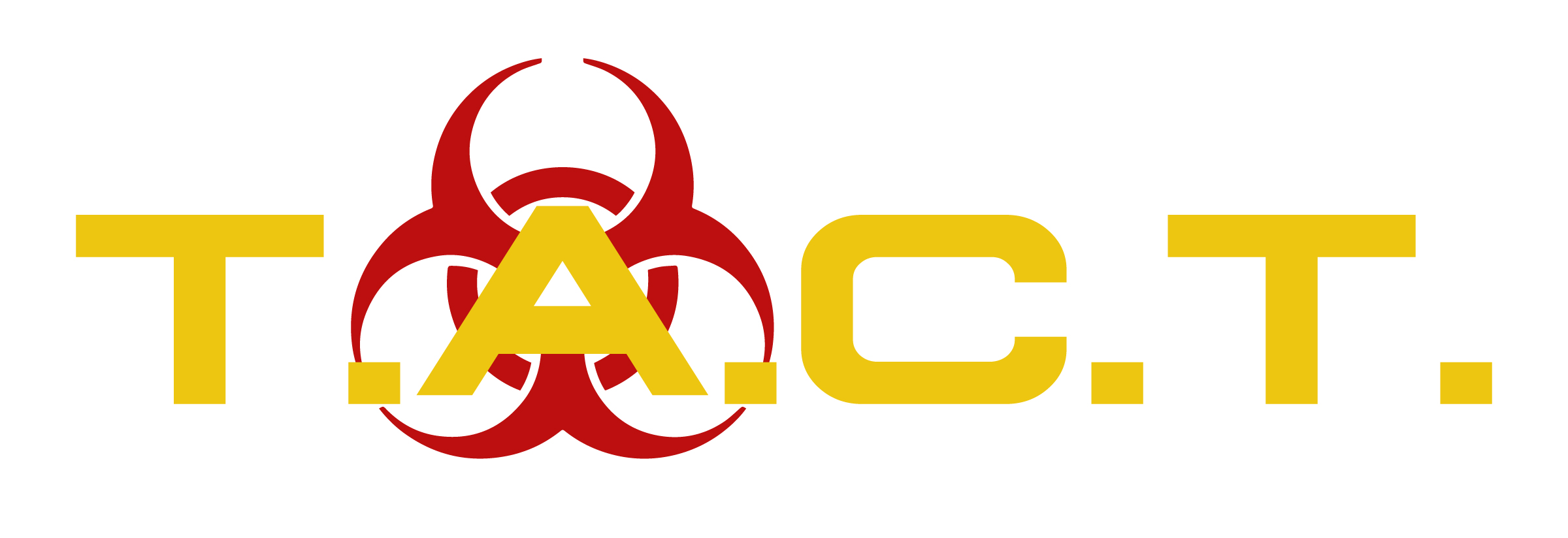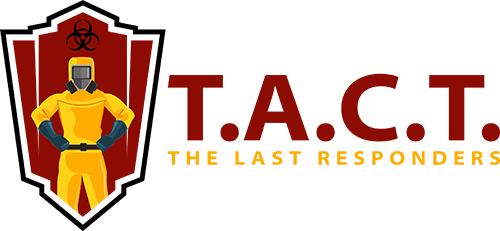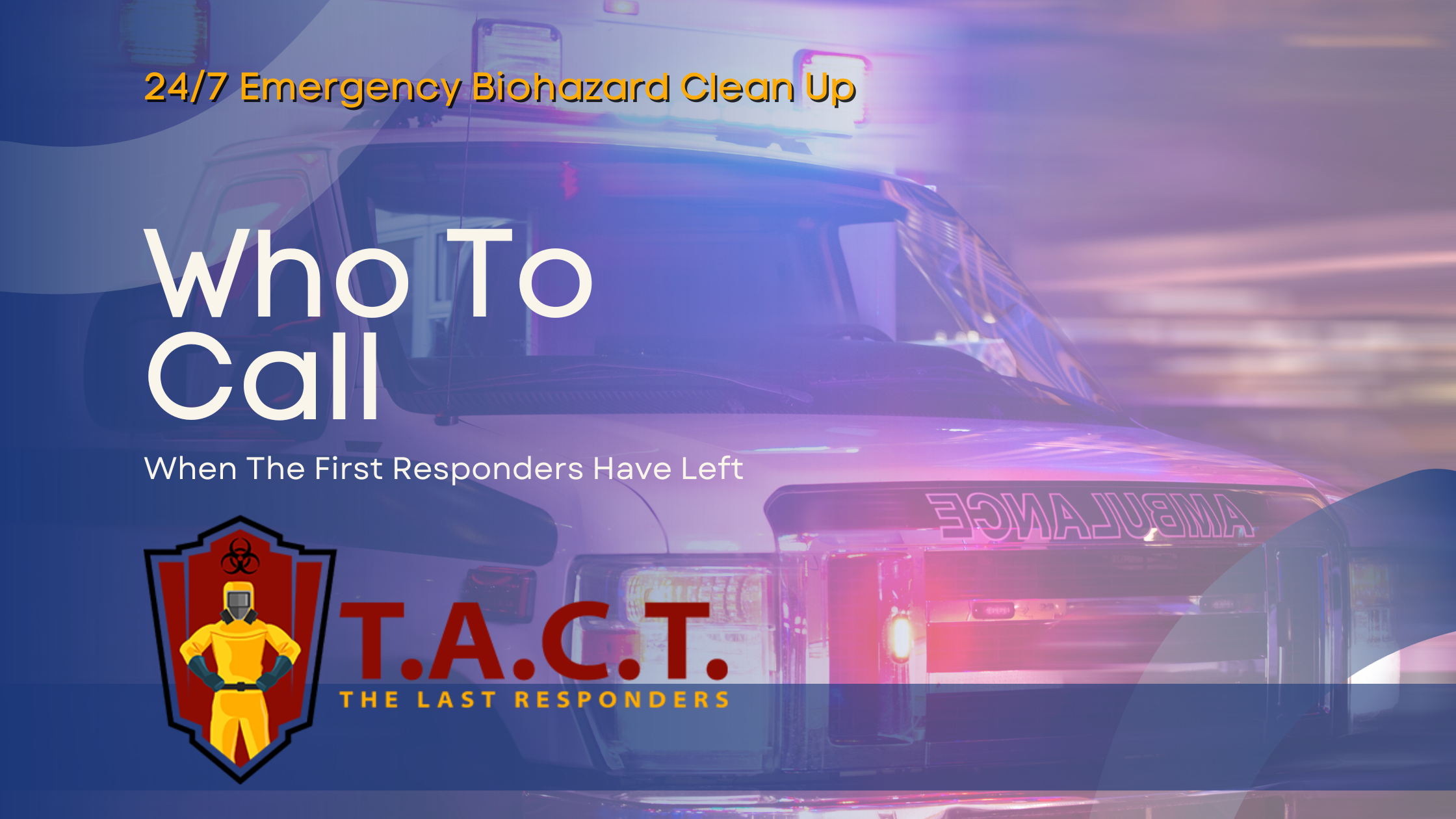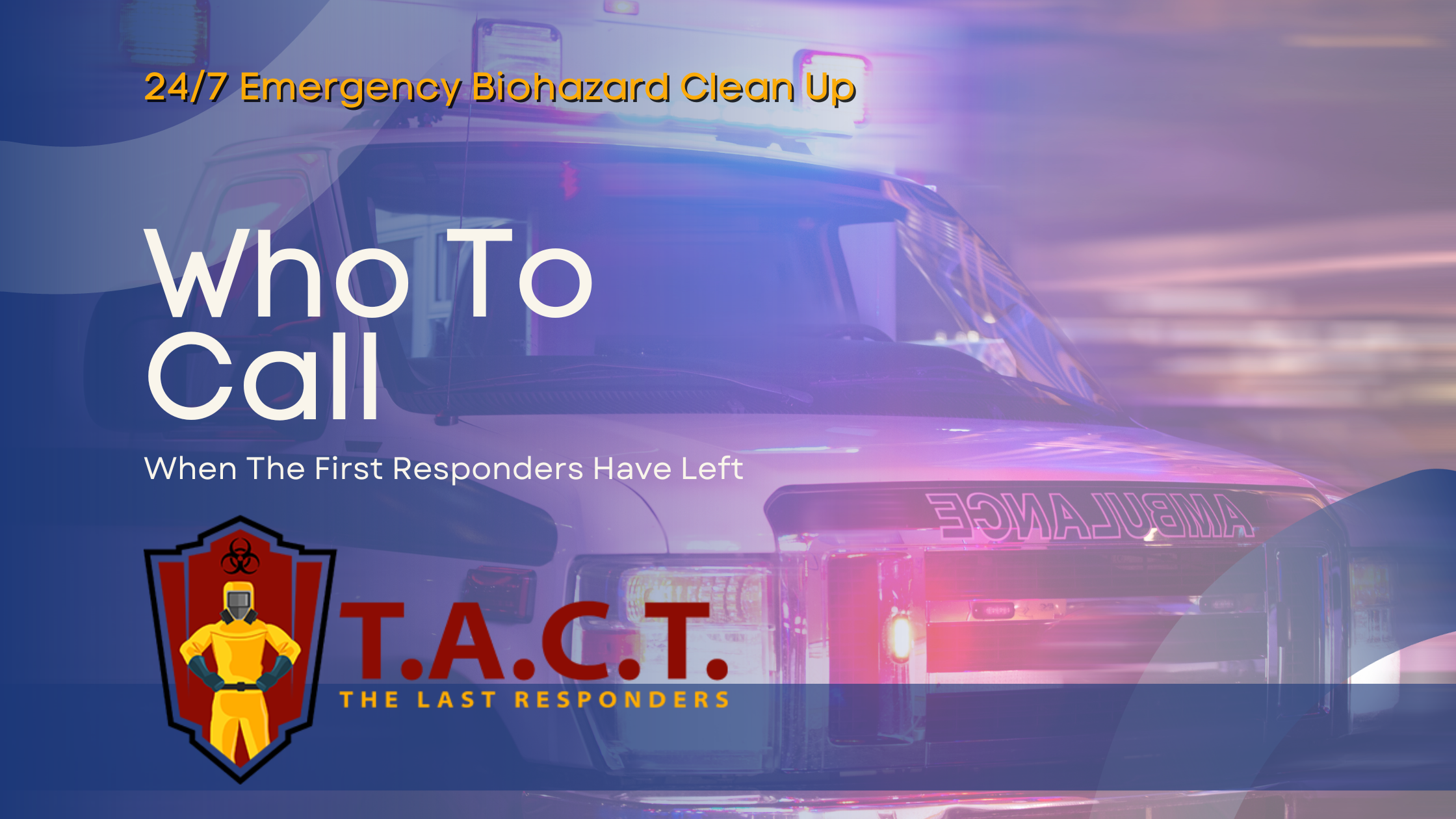Top Mold Mitigation Strategies for Your Home | Expert Guide Meta description

Top Strategies to Mitigate Mold in Your Home Effectively
Discovering mold in your home can be overwhelming and stressful. Beyond the unsightly appearance and musty odors, mold poses serious health risks and can cause extensive property damage if left untreated. The good news is that with the right knowledge and approach, you can effectively address mold issues and prevent future growth.
Mold spores are everywhere in our environment, but they only become problematic when they find the right conditions to thrive—namely moisture, warmth, and organic materials to feed on. Understanding how mold develops and spreads is your first line of defense in protecting your home and family.
This comprehensive guide will walk you through proven strategies for identifying, removing, and preventing mold growth in your home. Whether you're dealing with a small surface issue or considering professional remediation, we'll help you make informed decisions to restore your living environment safely and effectively.
Understanding Mold and Its Impact on Your Home
Mold growth can occur anywhere in your home, particularly in areas with high humidity and moisture problems. These microscopic fungi reproduce by releasing spores into the air, which can quickly spread throughout your living space and compromise indoor air quality.
The health effects of mold exposure vary from person to person, but common symptoms include respiratory issues, allergic reactions, eye irritation, and skin problems. Individuals with asthma, allergies, or compromised immune systems face heightened risks when exposed to mold spores and the allergens and irritants they produce.
Beyond health concerns, mold can cause significant structural damage to your property. It feeds on organic materials like wood, drywall, and insulation, gradually weakening these building components. Early intervention is crucial to prevent minor mold issues from escalating into costly repairs and extensive remediation projects.
Controlling moisture remains the most effective strategy for preventing future mold growth and maintaining a healthy living environment. By addressing the root cause rather than just treating symptoms, you can protect both your property investment and your family's well-being.
Identifying Different Types of Mold
What Makes Black Mold Particularly Dangerous
Black mold, scientifically known as Stachybotrys chartarum, represents one of the most serious mold threats in residential settings. This type of mold can cause severe health effects, particularly for individuals with respiratory conditions or weakened immune systems.
Black mold thrives in damp areas with consistently high moisture levels and can often be identified by its distinctive slimy texture and dark green to black coloration. Unlike other mold types, black mold produces mycotoxins—toxic compounds that can cause more severe health reactions upon exposure.
Professional black mold removal requires specialized equipment and expertise to prevent further contamination during the remediation process. Attempting to remove black mold without proper training and safety measures can actually worsen the problem by dispersing spores throughout your home.
When dealing with suspected black mold, personal protective equipment including respirators, gloves, and eye protection becomes absolutely essential. Never attempt to handle black mold removal as a DIY project—the health risks are simply too significant.
Recognizing Signs of Mold Growth
Mold growth can manifest in both visible and hidden forms, making thorough inspection of your entire home essential. Pay particular attention to crawl spaces, areas behind ceiling tiles, and other locations where moisture might accumulate unnoticed.
Common indicators of mold presence include water stains on walls or ceilings, persistent musty odors that don't dissipate with regular cleaning, and visible mold patches on surfaces. However, absence of visible signs doesn't guarantee your home is mold-free.
Identifying the moisture source driving mold growth is critical for effective remediation and prevention. Look for plumbing leaks, condensation issues, inadequate ventilation, or recent water damage that may have created favorable conditions for mold development.
Regular inspection and maintenance can help you catch mold problems early, reducing both health risks and the scope of necessary repairs. Document any concerning areas with photographs and notes to track changes over time.
Preparing for Safe Mold Remediation
Essential Safety Precautions
Before beginning any mold remediation work, prioritizing safety protects both you and your family from harmful exposure. Personal protective equipment serves as your primary defense against mold spores and potentially toxic substances.
Essential protective gear includes N95 or higher-grade respirators, waterproof gloves, eye protection, and coveralls that can be disposed of after use. Regular clothing and inadequate masks provide insufficient protection during mold remediation activities.
Contaminated materials require careful removal and proper disposal to prevent spreading spores to clean areas of your home. Porous materials like drywall, insulation, and carpeting often cannot be effectively cleaned once contaminated and may need complete replacement.
Creating containment barriers using plastic sheeting and duct tape helps isolate the affected area and prevents airborne spores from migrating to other parts of your home during the remediation process.
When DIY Removal Is Appropriate
Small areas of mold growth—typically less than 10 square feet—can sometimes be addressed through careful DIY removal using appropriate cleaning solutions and scrub brushes. However, this approach requires strict adherence to safety protocols.
DIY mold removal carries inherent risks and may prove ineffective for larger areas of contamination or when dealing with toxic mold varieties like black mold. Inadequate removal techniques can actually worsen contamination by disturbing and dispersing spores.
Success with DIY removal depends on using the right equipment, following proper containment procedures, and honestly assessing the scope of the problem. Overestimating your ability to handle mold remediation can lead to recurring issues and increased health exposure.
If mold problems persist after initial DIY efforts, or if you discover the contamination is more extensive than initially apparent, seeking professional mold remediation services becomes necessary for your safety and peace of mind.
Professional Mold Remediation Services
Professional mold remediation services offer comprehensive solutions for significant mold problems, bringing specialized expertise and equipment that ensures safe and effective removal. Trained professionals understand the complexities of different mold types and appropriate treatment methods.
These specialists possess the advanced equipment necessary to handle extensive mold growth, including industrial-grade air filtration systems, moisture detection tools, and professional-strength antimicrobial treatments. Their systematic approach addresses both visible contamination and hidden mold sources.
Beyond removal, professional services identify and address underlying moisture problems that contributed to mold development. This comprehensive approach prevents recurring issues and provides long-term protection for your home.
Restoration certification ensures that remediation work meets industry standards and follows established protocols for safety and effectiveness. This certification provides assurance that the work has been completed properly and your home is safe for reoccupation.
Preventing Future Mold Growth
Moisture Control Strategies
Effective moisture control forms the foundation of long-term mold prevention. Since mold cannot survive without adequate moisture, eliminating water sources and controlling humidity levels creates an inhospitable environment for mold development.
Regular maintenance activities play a crucial role in mold prevention. Inspect plumbing systems for leaks, ensure proper drainage around your home's foundation, and address any water intrusion issues promptly before they create mold-friendly conditions.
Installing and maintaining exhaust fans in bathrooms, kitchens, and laundry areas helps remove excess moisture at its source. These mechanical ventilation systems prevent humidity buildup in areas where moisture production is unavoidable.
Monitor indoor humidity levels using a hygrometer, aiming to maintain levels between 30-50% throughout your home. Dehumidifiers can help achieve optimal humidity levels in naturally damp areas like basements and crawl spaces.
The Critical Role of Ventilation
Proper ventilation significantly impacts your home's ability to resist mold growth by promoting air circulation and reducing moisture accumulation. Stagnant air creates conditions that favor mold development, while good airflow helps maintain healthy indoor environments.
Increasing ventilation involves both natural and mechanical approaches. Open windows when weather permits, use ceiling fans to promote air movement, and ensure that exhaust systems function properly and vent to the exterior rather than into attics or crawl spaces.
HVAC systems contribute to ventilation when properly maintained and operated. Regular filter changes, duct cleaning, and system inspections help ensure that your heating and cooling system supports rather than hinders indoor air quality.
Consider upgrading ventilation in problem areas where moisture naturally accumulates. Sometimes installing additional exhaust fans or improving existing ventilation systems provides the solution needed to prevent recurring mold issues.
Mold Cleanup and Natural Prevention Methods
Proper Cleanup and Disposal Techniques
Effective mold cleanup requires methodical approaches that prevent cross-contamination while thoroughly addressing affected areas. Use damp cloths rather than dry materials to avoid dispersing spores during the cleaning process.
Appropriate cleaning solutions vary depending on the surface and extent of contamination. Hard, non-porous surfaces can often be cleaned successfully, while porous materials like drywall, insulation, and carpeting typically require replacement once significantly contaminated.
Disposal of contaminated materials must follow local regulations and best practices to prevent environmental contamination. Seal materials in plastic bags before removal, and avoid transporting contaminated items through clean areas of your home. For more information on safe procedures, see biohazard clean up.
After cleaning, thorough drying of affected areas prevents moisture from supporting new mold growth. Use fans, dehumidifiers, and increased ventilation to ensure complete moisture removal from treated surfaces.
Natural Remedies and Their Limitations
Natural remedies like baking soda, white vinegar, and hydrogen peroxide can provide effective solutions for minor mold issues and ongoing prevention efforts. These substances offer antimicrobial properties without the harsh chemicals found in commercial products.
Baking soda works particularly well for absorbing odors and moisture while providing mild abrasive action for cleaning. Hydrogen peroxide serves as an effective disinfectant that breaks down safely without toxic residues.
However, natural remedies have limitations and may not provide adequate treatment for extensive contamination or toxic mold varieties. They work best as part of a comprehensive prevention strategy rather than as primary treatment for serious mold problems.
Regular maintenance and inspection remain essential regardless of the remediation methods used. Natural prevention methods work most effectively when combined with proper moisture control and good ventilation practices.
Understanding Mold-Related Health Risks
Mold exposure can trigger various health responses, from mild irritation to serious respiratory complications. Understanding these risks helps you make informed decisions about remediation urgency and safety precautions during cleanup activities.
Allergic reactions represent the most common health effects of mold exposure, including symptoms like sneezing, runny nose, eye irritation, and skin rashes. These symptoms often worsen with continued exposure and may develop into more serious conditions over time.
Individuals with asthma, allergies, or compromised immune systems face elevated risks from mold exposure. For these vulnerable populations, even minor mold issues can trigger severe health responses requiring immediate medical attention.
Long-term exposure to certain mold types can lead to more serious health complications, including respiratory infections and inflammatory responses. This underscores the importance of addressing mold issues promptly rather than hoping they will resolve independently.
Resources and Next Steps for Mold Remediation
Professional mold remediation services provide comprehensive solutions when DIY efforts prove inadequate or when safety concerns make professional intervention necessary. Research certified professionals in your area who maintain proper licensing and insurance coverage.
Online resources and educational materials can supplement your understanding of mold issues and prevention strategies. However, be cautious about information sources and prioritize guidance from certified professionals and reputable organizations.
Documentation of mold issues, remediation efforts, and prevention measures helps track progress and provides valuable information for insurance claims or real estate transactions. Maintain records of all professional services and materials used in remediation efforts.
Taking Action to Protect Your Home
Addressing mold issues requires prompt action, informed decision-making, and ongoing vigilance. The strategies outlined in this guide provide a foundation for protecting your home and family from mold-related problems.
Remember that successful mold prevention combines immediate remediation with long-term moisture control and maintenance practices. Small investments in prevention often save significant costs and health impacts associated with major mold problems.
When in doubt about the severity of mold issues or appropriate remediation methods, consult with certified professionals who can assess your specific situation and recommend appropriate solutions. Your family's health and your property's integrity are worth the investment in expert guidance.
Take the first step today by conducting a thorough inspection of your home, addressing any moisture issues you discover, and implementing the prevention strategies that best fit your situation and budget.
Meta data
Meta title
Top Mold Mitigation Strategies for Your Home | Expert Guide
Meta description
Discover proven strategies to identify, remove, and prevent mold in your home. Learn when DIY works and when to call professionals for safe remediation.
Latest news

Nosy neighbors peeking? T.A.C.T. North Atlanta offers discreet biohazard remediation for rodent infestations, mold, hoarding, and more. Unmarked vehicles, quiet experts, full privacy—24/7 service at 470-781-4775.
Read More

